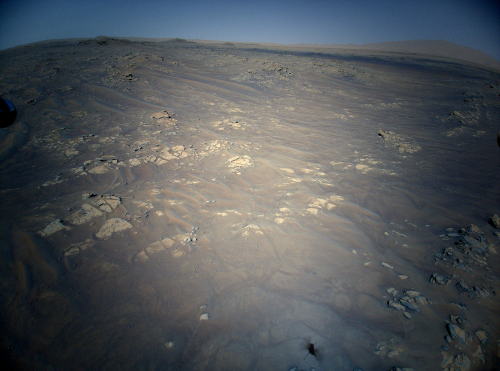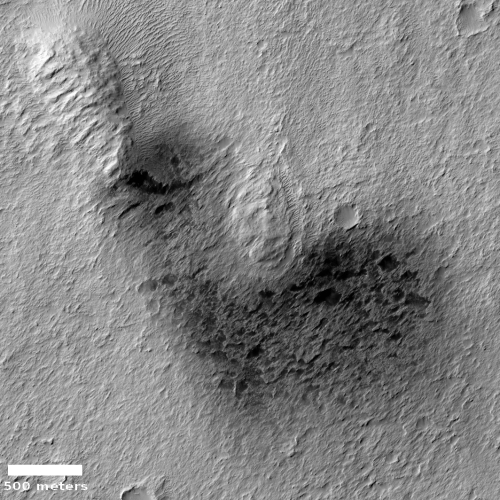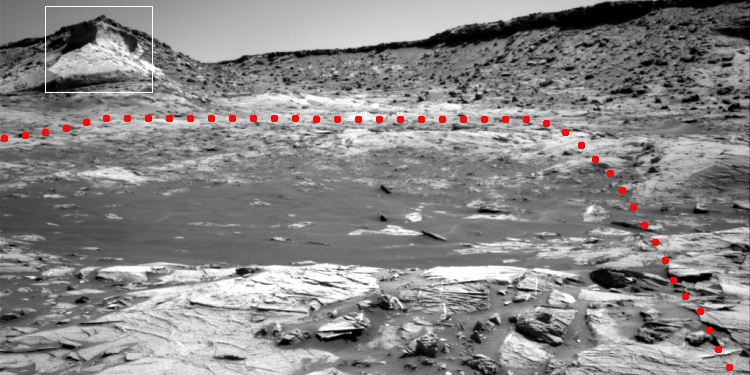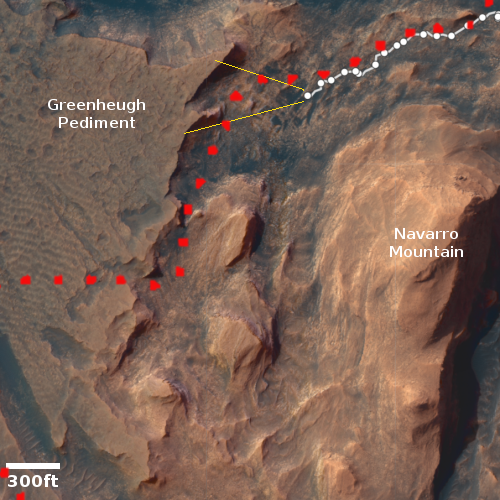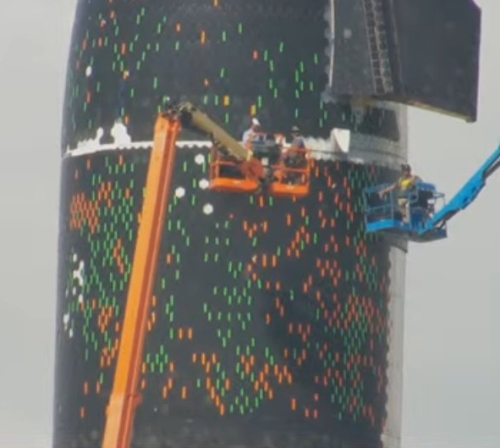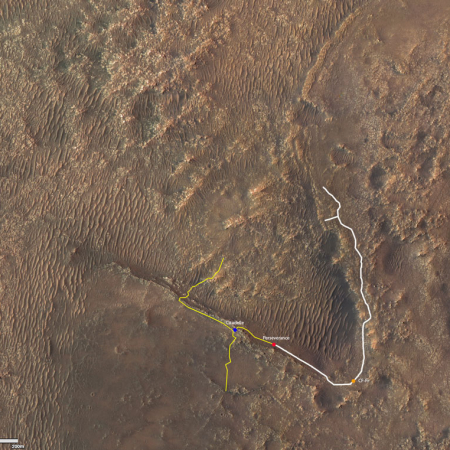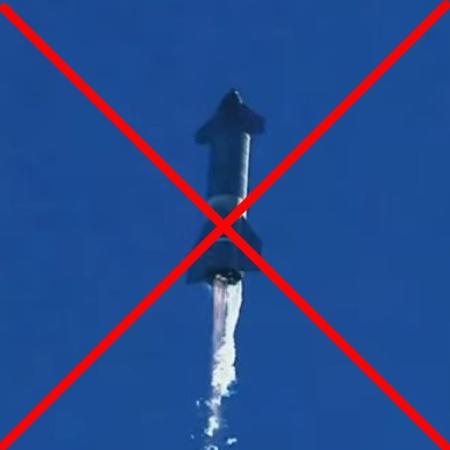ULA rolls Vulcan core first stage to launchpad for tank tests
Capitalism in space: ULA yesterday rolled out a test Vulcan core first stage to its launchpad for a variety of tests in preparation for its first launch, now delayed until next year.
The rocket’s core stage will undergo Pathfinder Tanking Tests (PTT) at Space Launch Complex-41 at Cape Canaveral Space Force Station. It is outfitted with two development BE-4 engines that will be replaced by flight engines before launch. The tanking, or fueling, tests will validate launch pad infrastructure, evaluate countdown procedures, and train the launch team.
That these launchpad tests were delayed until now suggests that ULA had hoped to do them with the flightworthy engines, and then follow-up quickly with Vulcan’s first orbital launch in the fall. With the admission this week by both Blue Origin and ULA that the flightworthy BE-4 engines would not be delivered this summer as promised, ULA probably decided it was better to get this testing done now with the development engines, in order to save prep time for when the flightworthy engines finally arrive.
Thus, the delays at Blue Origin are costing ULA money. Once the flightworthy engines are installed, ULA will still need to do static fire launchpad tests, which means they will have to do much of this test program all over again. The extra countdown rehearsals are of course beneficial, but they are an extra expense, and also require extra time.
ULA’s CEO, Tory Bruno, has tried very hard to streamline ULA’s operations so they are more efficient and thus more competitive. Blue Origin’s failure to deliver on time is making Bruno’s effort very difficult.
It also shows that SpaceX’s policy of building as many of its components in-house, instead of depending on outside contractors, makes sense. And that all of the new rocket companies are doing the same proves that others agree. ULA’s dependence on others for its rocket engines will thus in the long run put it at big competitive disadvantage.
Capitalism in space: ULA yesterday rolled out a test Vulcan core first stage to its launchpad for a variety of tests in preparation for its first launch, now delayed until next year.
The rocket’s core stage will undergo Pathfinder Tanking Tests (PTT) at Space Launch Complex-41 at Cape Canaveral Space Force Station. It is outfitted with two development BE-4 engines that will be replaced by flight engines before launch. The tanking, or fueling, tests will validate launch pad infrastructure, evaluate countdown procedures, and train the launch team.
That these launchpad tests were delayed until now suggests that ULA had hoped to do them with the flightworthy engines, and then follow-up quickly with Vulcan’s first orbital launch in the fall. With the admission this week by both Blue Origin and ULA that the flightworthy BE-4 engines would not be delivered this summer as promised, ULA probably decided it was better to get this testing done now with the development engines, in order to save prep time for when the flightworthy engines finally arrive.
Thus, the delays at Blue Origin are costing ULA money. Once the flightworthy engines are installed, ULA will still need to do static fire launchpad tests, which means they will have to do much of this test program all over again. The extra countdown rehearsals are of course beneficial, but they are an extra expense, and also require extra time.
ULA’s CEO, Tory Bruno, has tried very hard to streamline ULA’s operations so they are more efficient and thus more competitive. Blue Origin’s failure to deliver on time is making Bruno’s effort very difficult.
It also shows that SpaceX’s policy of building as many of its components in-house, instead of depending on outside contractors, makes sense. And that all of the new rocket companies are doing the same proves that others agree. ULA’s dependence on others for its rocket engines will thus in the long run put it at big competitive disadvantage.

